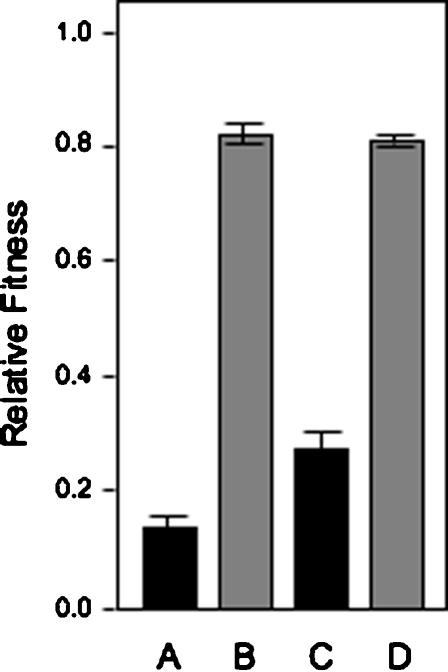Figure 3. The relative fitness (W) of the WS compared to SM/SM-LR in mixed colonies is sensitive to population density and less sensitive to nutrient levels.
Shown are W values for WS in mixed WS/SM/SM-LR colonies grown on normal KB plates inoculated at high (A) and low (B) cell densities, and for mixed colonies grown on plates containing 0.1× proteose peptone inoculated at high (C) and low (D) cell densities. (A) and (B) are significantly different to (C) and (D) (Tukey-Kramer HSD, q = 3.46172, α = 0.05). The inoculum consisted of a 40∶60 WS∶SM mixture at 106 cfu (high density, 1×) and 103 cfu (low density, i.e. 0.001×) applied as a 5 µl drop to the centre of the plate. Note that SM-LR lineages arise from WS cells, producing a mixed colony of WS, SM and SM-LR cells; W of WS is therefore the relative fitness of WS compared to (SM plus SM-LR). W values were determined after 3-days incubation at 28°C. Mean±SE indicated.

